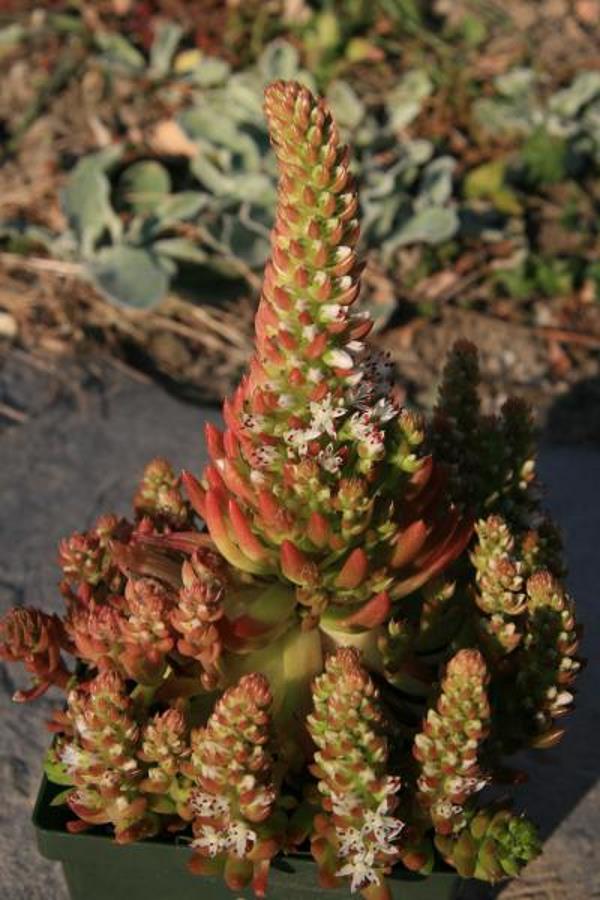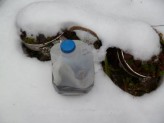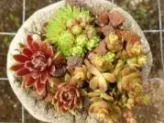Or: What Happens If There Are No Bees To Do The Work?
Mark, from Paris, Maine, asked this question;
I’m wondering if you have experience with hand pollination. I’ve got Orostachys fimbriata and O. japonica that are about to bloom and I’ve had to move them into the greenhouse as it’s dipping below the freezing point.
I want seed and there aren’t many pollinators left.
The plants are clones of each other and I’m not sure if they’ll pollinate each other. If you have any ideas and time could you let me know what you think? Thanks, Mark.

Here are some pictures that Mark included with his question about Orostachys;




My Answer:
Hi Mark, great to hear from you!
I don’t have much experience with hand pollination of hardy succulents – after all, the more you have, the more native bees and wasps they attract, to do all the work.
How hard can it be to emulate a pollinator? You have to get the pollen to the part of the flower where the seeds will form, so a paintbrush to tickle each of the flowers in turn should do the trick.
However, here’s where you might have some issues. If it’s already freezing, the seeds might not have time to fully form, and may not be ripe enough to germinate.
It’s too bad they’re so late to bloom; as you know, in most cases, Orostachys are monocarpic, and once they bloom the rosette will die.
Your concern about them being clones and possibly unable to self pollinate shouldn’t be an issue. From my research with similar hardy succulents, plants that form clones in isolation will most likely still be self fertile, as in the wild this would ensure that they could evolve as the conditions and climate changes.
Your pictures are gorgeous – who knew that they were so incredible?
Please do keep me posted of further developments!
Jacki










